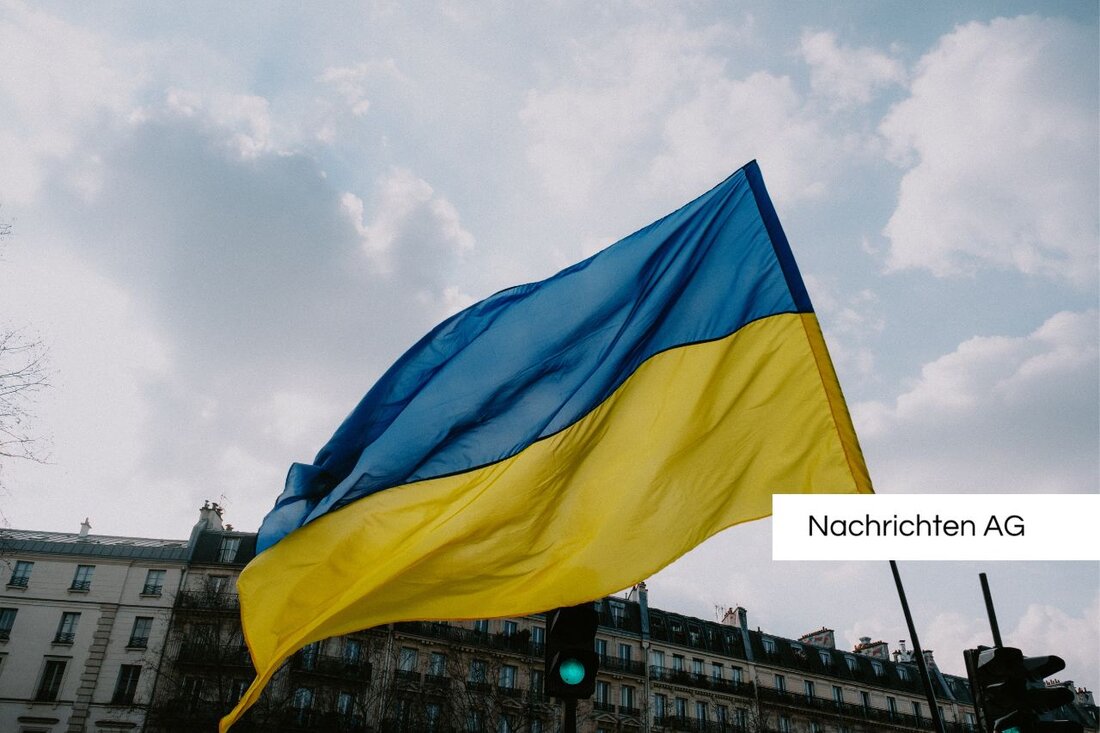Images of war in focus: How children react to media reporting
A research team from the University of Trier has been studying the effect of war images and videos on German viewers since 2023.

Images of war in focus: How children react to media reporting
A team of University of Trier has started a research project that examines the impact of photos and videos about the war in Ukraine, Israel and Gaza. Under the direction of Prof. Dr. Marion G. Müller, the research project aims to analyze the reactions of uninvolved observers in Germany, especially those without a personal history of war or flight trauma. The project started in March 2023, supported by the German Research Foundation (DFG) with a funding amount of €453,000.
The project, titled “Visual Communication in Times of War,” collected over 400 images in just three weeks. Participants are asked to rate these images and justify their ratings. The aim is to record individual histories and associations in order to gain a deeper understanding of the impact of war images. This analysis places particular emphasis on the design and medium of the images, distinguishing between close-ups on social media and larger scenes from television and print.
Applications of the research results
The results of the study are intended to find practical applications, for example in the development of guidelines for the use of images in journalism. In addition, the aim is to provide support for trauma therapy, particularly for military personnel. Another potential is AI-controlled therapeutic approaches based on the results of this research. Current developments are particularly significant as more and more children and young people have access to news via mass media, which can have a strong psychological impact on them.
Reporting on wars can be traumatizing and trigger emotional reactions such as sadness, fear and anger in children. Children living in crisis areas are particularly affected. But media coverage can also frighten older children, especially when they are confronted with abstract dangers. News consumption often correlates with an increase in anxiety among children. These findings come from psychological research that highlights the importance of having conversations with children about news.
Talking about news with children
Experts recommend that younger children in particular be closely monitored when using media. This includes using security settings on platforms like TikTok to ensure harmless content. Under l оброронн evaluatores internetter organizations (EQI+接ента м There are numerous tips on how parents and adults can support children in consuming news.
In addition, there are child-friendly message formats such as “logo!”, which present complex topics in an age-appropriate manner. Traditional adult news programs are not recommended for children under ten years of age. Adults should watch the news together with children and answer their questions specifically and objectively to avoid being overwhelmed. It is important to respect children's emotions and not pass on your own fears unfiltered. Establishing a connection to everyday life, such as geographical distance from conflict, can help reduce fears.
Overall, it is clear that dealing with news about wars is a sensitive issue that requires special attention and a cautious approach. Targeted news breaks and media-free times can also help reduce stress and create time for positive experiences and distractions.

 Suche
Suche
 Mein Konto
Mein Konto